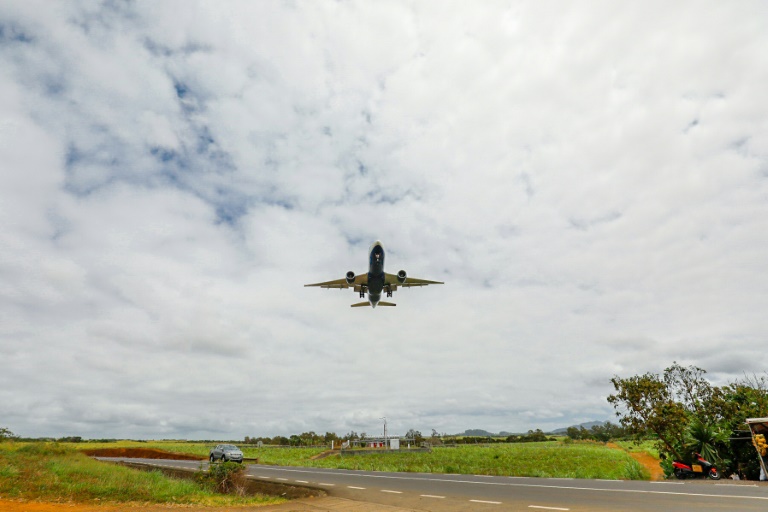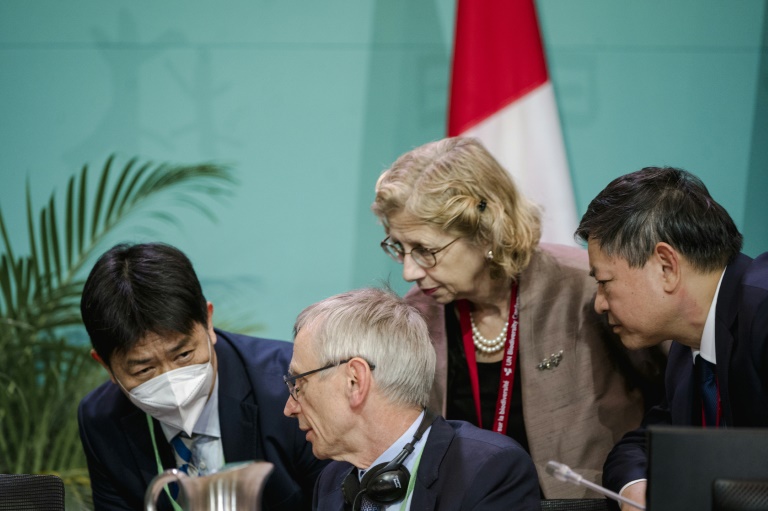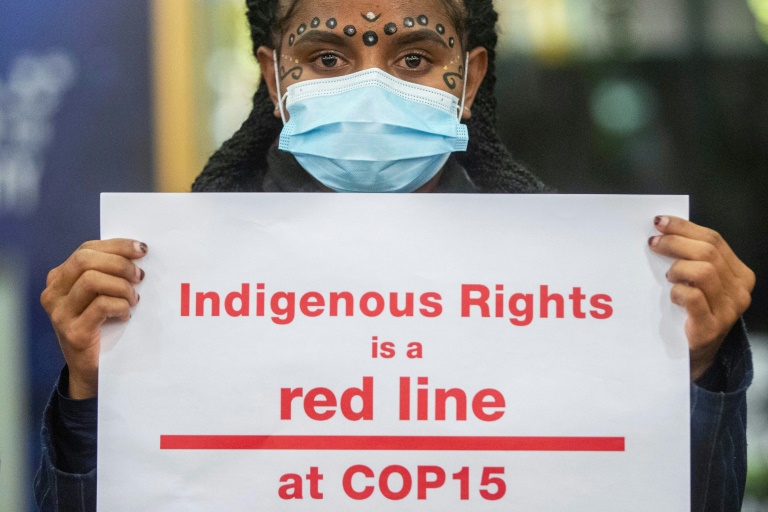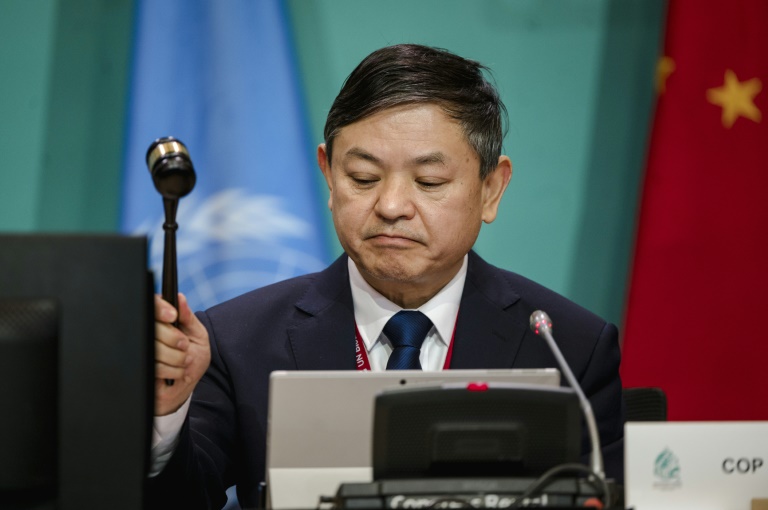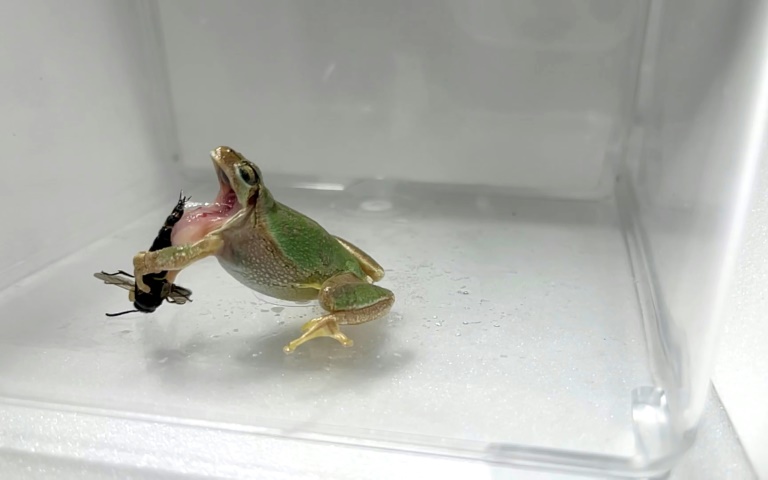How can passengers take 10 billion flights a year without contributing to global warming? The question of “greening” the international aviation sector by 2050 constitutes a colossal task whose stakes — and sheer numbers — can make the head spin, according to the airlines themselves.
At its general assembly in Boston Monday, the International Air Transport Association (IATA) said it is now aiming for “net zero carbon emissions” by the middle of the century, a bold but necessary goal in the face of global warming, according to its CEO Willie Walsh.
But by signing up to the goals of the Paris climate accord, and those of the European Union, IATA, which represents the airlines, does not envisage that a massive reduction in emissions will also involve a massive reduction in its operations. Quite the opposite.
“For us the main target is to continue growing, because it’s not the traffic that is the enemy, it’s the emissions,” said Sebastian Mikosz, IATA vice president in charge of environmental affairs and sustainable development.
Even though air transport has suffered a huge downturn due to the Covid-19 pandemic, with a drop from 4.5 billion travelers in 2019 to 1.8 billion in 2020, IATA estimates that by 2050 more than 10 billion trips per year will be made by plane.
As it stands, the aviation sector produces 900 million tons of CO2 per year, according to IATA. By 2050, if nothing is done to reduce the industry’s carbon footprint, that will rise to 1.8 billion tons.
That would mean that over 30 years, 21.2 billion tons of CO2 would be released into the atmosphere. Reducing this level to gradually achieve net zero emissions in 2050 poses an enormous technological challenge that the IATA estimates will cost companies around $1.55 trillion between 2020 and 2050.
– 10,000% increase in production –
IATA says that the main solution lies in the use of sustainable aviation fuels (SAF), which would allow the industry to get 65 percent of the way toward its goal.
These fuels — made from biomass, waste oils and could even be made from carbon capture in the future — have the advantage that they can be used directly in existing aircraft, which are designed to run on 50-percent blends of kerosene. And such fuel sources can reduce CO2 emissions by 80 percent compared to kerosene over their entire life cycle, according to IATA.
Airbus and Boeing have pledged that their fleets will be able to fly 100 percent on SAF by 2030, but SAF accounts for less than 0.1 percent of aviation fuel currently used.
Encouraged by governments, the infrastructure to produce SAFs is being set up in the United States and Europe, but is still embryonic — and the cheapest fuel that comes out costs four times more than kerosene, a fossil fuel.
“The problem is the capacity and the supply,” said Mikosz, who said the goal was “basically to grow to 450 billion liters of SAF compared to 100 million liters.”
“We need to multiply our supply by 10,000 percent,” he said.
Still, IATA believes that the technological advances promised by the aerospace industry, in particular new electric or hydrogen planes such as those that Airbus is preparing for 2035, are not yet a sure enough bet for the sector to rely on in order to “decarbonize” beyond 13 percent by 2050.
“If those technologies do not deliver what we need by 2050… we can compensate it through SAF,” said Mikosz.
The European aviation sector, in publishing its own roadmap towards carbon neutrality for 2050 last February, said it was counting on technological advances to cut 37 percent of its emissions by 2050 and on SAF to cut 34 percent.
IATA’s strategy, like that of the European aviation sector, also relies on a system of carbon capture and emissions trading to start the transition, amounting to 19 percent of the total reduction.
But environmental NGOs have criticized the use of carbon capture and offsetting mechanisms, asking that they be used only after all other mitigation options have been implemented.

